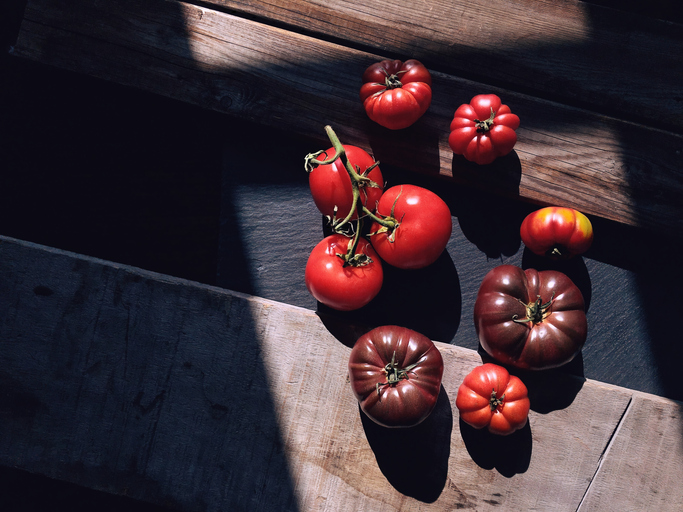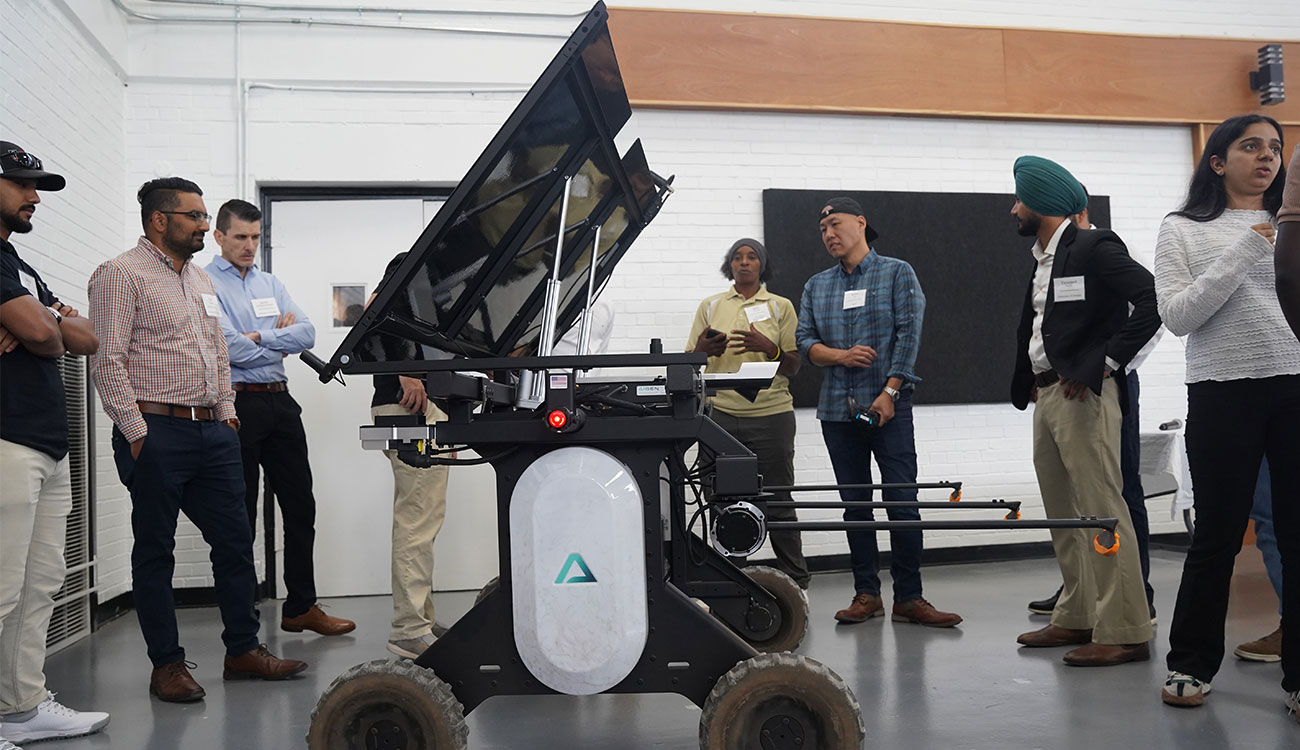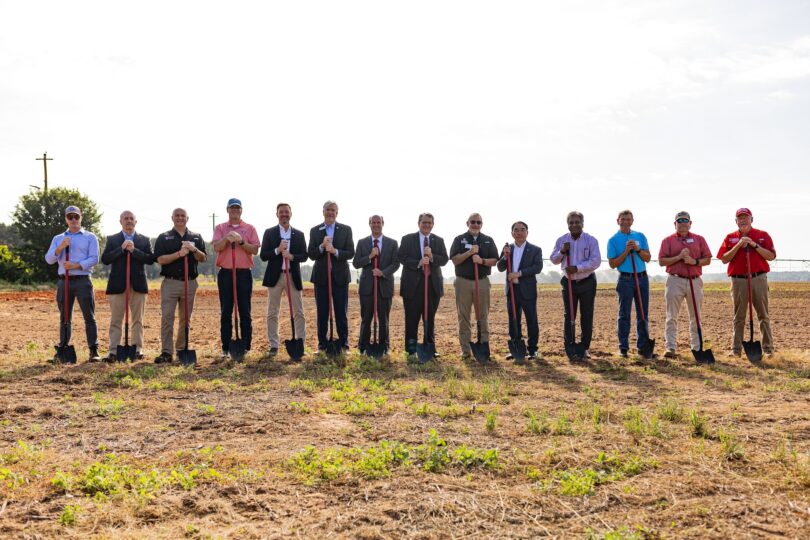By April Reese
University of Georgia
In those old cotton fields around Georgia, many farmers are considering growing something else. For some, it might be strawberries. Greg Fonsah thinks the future is bright for strawberries in Georgia.
"We have 159 counties, and most of the counties don't do strawberries," said Fonsah, an Extension Service economist with the University of Georgia College of Agricultural and Environmental Sciences.
"Those counties that do grow strawberries, especially pick- your-own, are going to have a good market and good prices," he said.
That's true if a neighboring farm doesn't have a head start, says Gerard Krewer, a UGA Extension Service horticulturist. Krewer says the market is "overplanted" in some areas. He suggests that new farms open at least 30 miles away from an existing one.
But Fonsah and Krewer are both confident in the potential for pick-your-own strawberry farms, especially those closer to metropolitan areas and on major highways with heavy traffic.
"There's potential for a ring of farms around Atlanta, where the demand is much greater," Krewer said. "It takes around 30,000 people to demand 1 acre of strawberries. Some Georgia counties don't have that many citizens."
Supporting agriculture and green space
Pick-your-own farms are a part of agritourism, an increasingly popular trend among city dwellers.
In a recent study by UGA agricultural economists, 61 percent of the people surveyed said they are likely to visit a farm to pick fresh fruits and vegetables. Many would go 20 or more miles to do it. A few would go 100 miles.
"The benefits are in quality and preservation," Krewer said. "Supporting local agriculture aids in the preservation of green space. And the quality, vine-ripe strawberries you pick can't be found in stores."
Supermarkets sell strawberries that were picked while half- ripe so they don't spoil during the shipping process, he said.
The days of farmers selling directly to local supermarkets seem to be over. "It's extremely difficult to market strawberries to both grocery store chains and the public as pick-your-own commodities," Krewer said.
"There are hoops to jump through," he said. "And most big chains require shipping to their main warehouse, which can be as much 200 miles away from the farm. The real profit is in direct sales, sales made directly to consumers at retail prices and in pick- your-own markets. However, it's easy to overproduce."
Farmers expanding into new markets usually plant rows 6 feet apart because they're using existing farm equipment, Krewer said. Buying special machines to grow strawberries can be costly.
"Serious growers in Georgia plant 17,000 to 20,000 plants per acre because they have the equipment necessary to do so," he said. "A cotton farmer, on the other hand, would plant about 15,000 plants per acre, because they have machines that require the rows to be 6 feet apart."
Getting Started
Starting a strawberry farm from scratch costs nearly $20,000 per acre, Fonsah said. Farmers with existing equipment can reduce that by about $9,000.
The initial cost, he said, can come back in the first season.
"If you look at the figures on the 2002 Georgia Strawberry Enterprise Cost Analysis (www.smallfruits.org)," he said, "the estimated medium yield is 1 pound per plant times 15,000 plants per acre, or 15,000 pounds.
"If you sell it at $1 per pound," he said, "you'll end up with a return of $15,000, all things being equal."
Increasing the number of plants per acre and the total acreage would improve a grower's chances of making profit, he said.
(April Reese is a student writer with the University of Georgia College of Agricultural and Environmental Sciences.)






